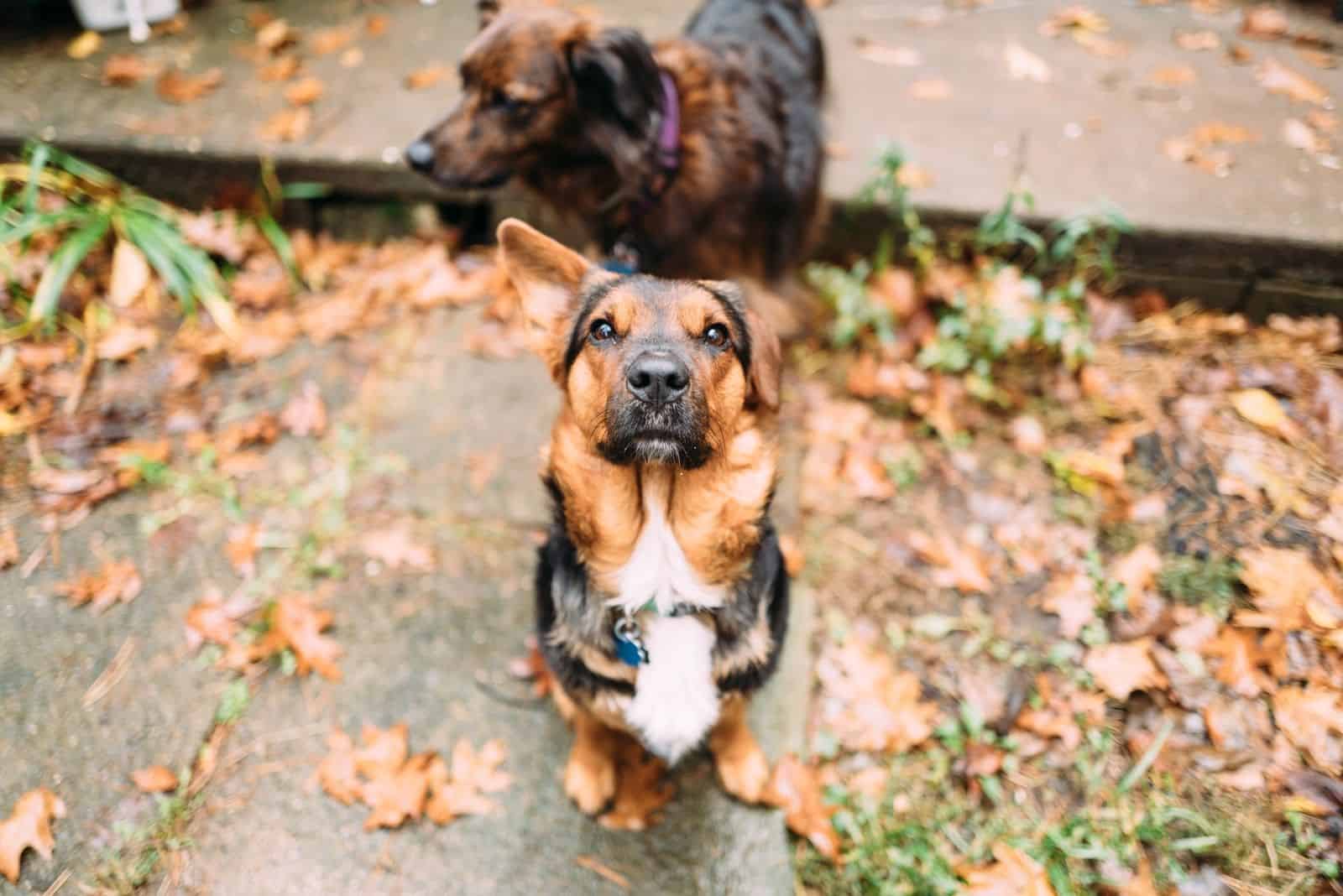Humans and dogs share a unique relationship that stretches back many thousands of years. We’ll never know for sure just how it all started, but both parties must have realized pretty early on that they could get something out of it!
Aside from making excellent companions, humans also trained their canine friends to become working dogs. They were invaluable for herding animals and as guard dogs, protecting livestock and farmsteads from wild animals and intruders.
As time passed, dogs adapted to different terrains, climates, and roles. This changed their appearance, resulting in the wide variation of dog breeds we have today.
Two of these are among the most popular dog breeds of recent times: the German Shepherd and the Corgi. And now, someone has had the idea of mixing the two, giving us the best of both! So, what are they like? Would you want to get one?
Join us as we find out in our guide to the German Shepherd Corgi mix.
What Is A German Shepherd Corgi Mix Called?
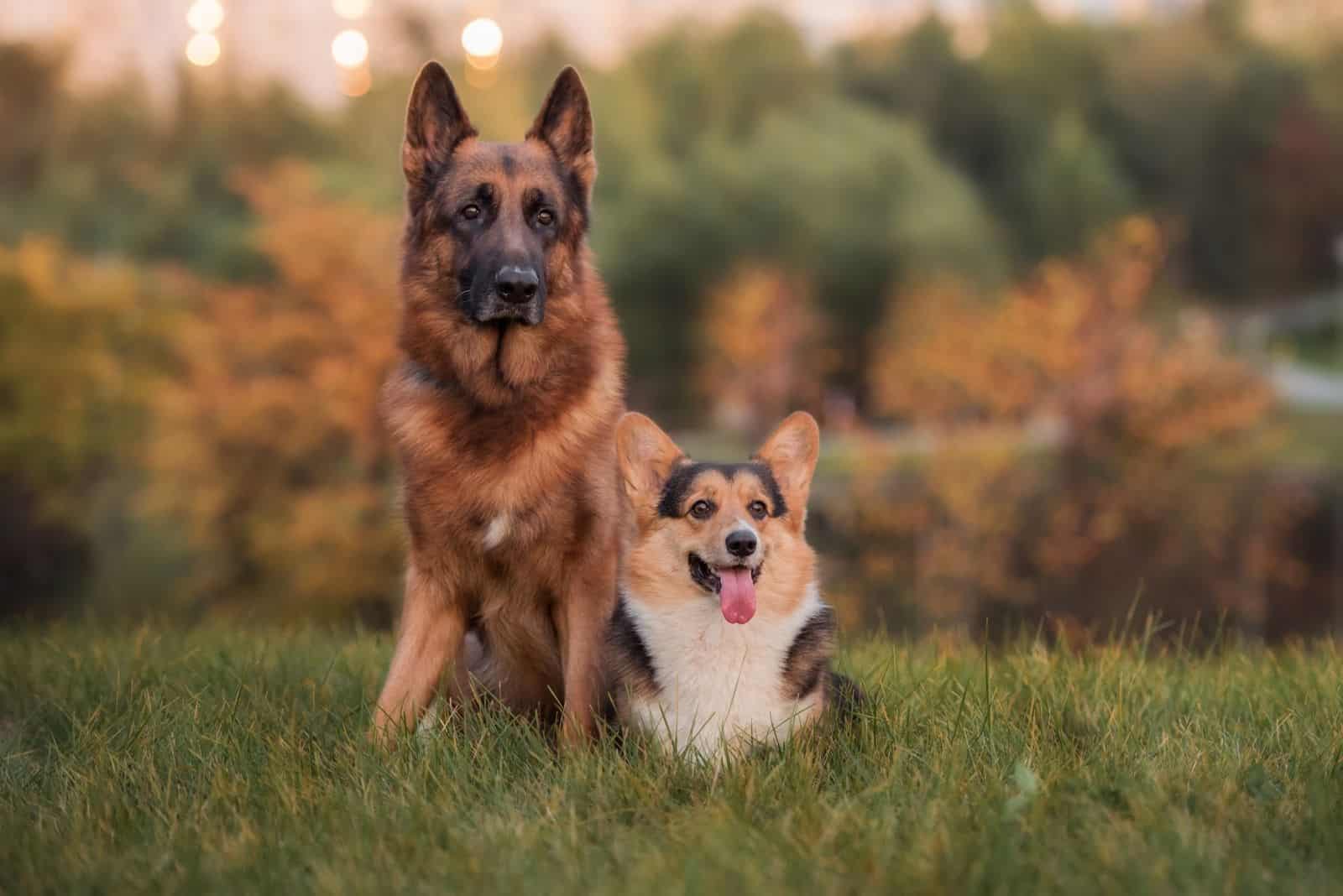
There’s no official name, as it’s a mixed breed and therefore isn’t registered with organizations such as the American Kennel Club (AKC).
However, a few names are floating around, including the Corgi Shepherd, the Corgi German Shepherd, or the Corman Shepherd! This last name seems to be the most popular at the moment and will probably become the most widely accepted in the future.
To better understand this unique crossbreed, we need to look at each of the parent breeds.
Although we use the term Corgi, there are actually two separate breeds, although most of the information out there doesn’t specify which is used to make this hybrid. This will depend on the individual breeder.
We’ll include both breeds here to make sure we don’t miss anything out.
The German Shepherd
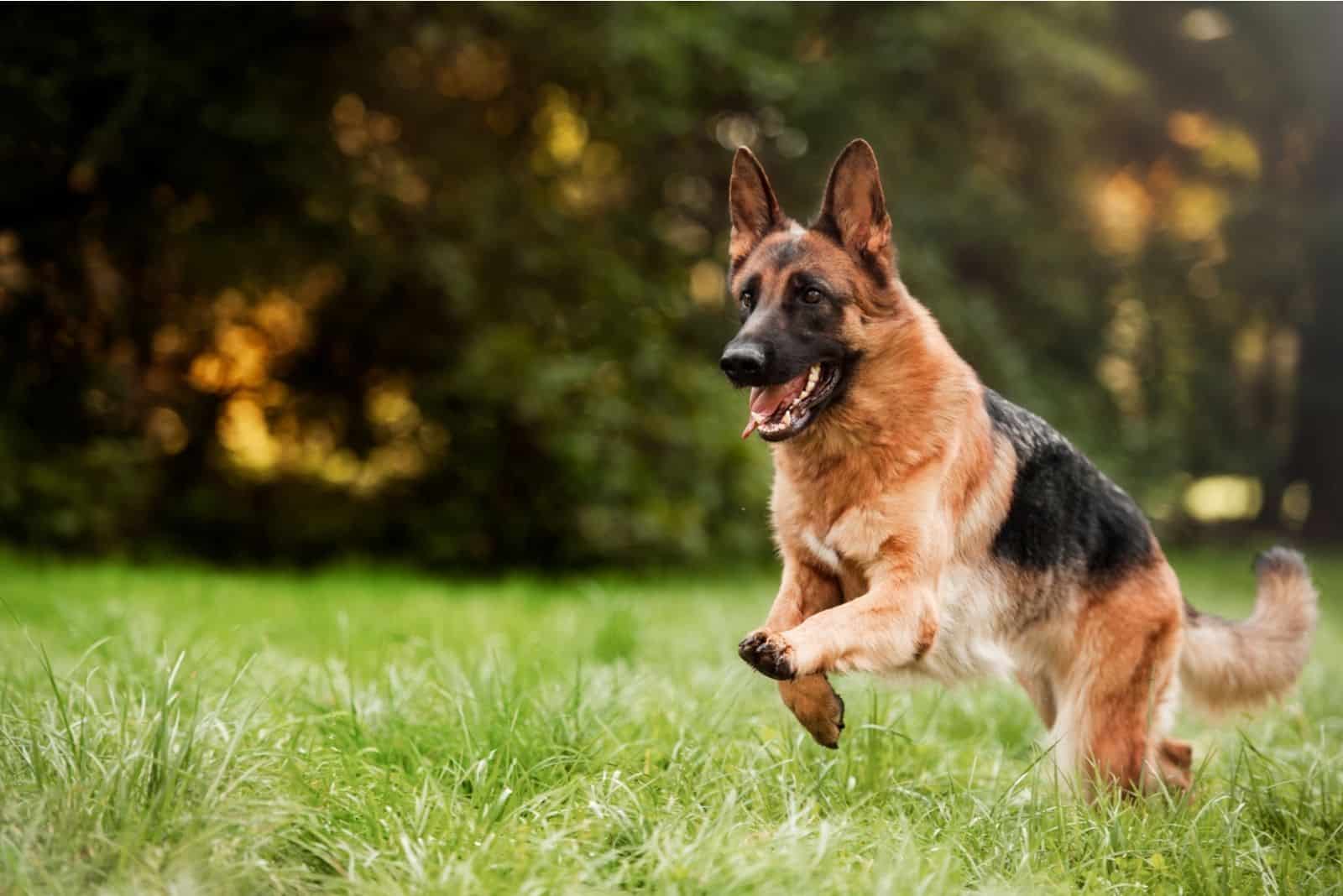
This beautiful, wolf-like dog has been #2 in the AKC list of the 200 most popular dog breeds for a few years now, and this doesn’t look like it will change any time soon!
As you might guess from its name, the German Shepherd dog (GSD) originated in Germany. There were several similar types of herding dogs in use up until the end of the 19th century when Captain Max Von Stephanitz (along with other breeders) made it his task to create the perfect herder.
This became his life’s work, taking nearly thirty-five years to produce the amazing dogs we recognize today.
The GSD arrived in America in 1908 and immediately won peoples’ hearts, its popularity boosted by movie-star dogs such as Rin-Tin-Tin. Sadly, this didn’t last, as anti-German sentiment spread because of the world wars.
Dachshunds, German Shepherds, and anything connected with Germany were shunned. In Britain, the GSD became known as the Alsatian to get around the problem, and this name is still preferred by many dog lovers there.
Thankfully, these old prejudices are largely gone now, and the GSD has risen to its coveted position in the most popular dogs list.
Although few are used for herding these days, they have proved themselves as peerless K-9 unit police dogs, as well as making excellent guard dogs. They are also used for search and rescue missions, as service dogs for people with disabilities, and a whole range of roles that make use of their skills.
The male measures between 24 and 26 inches at the shoulder, while the female is 22 to 24 inches. This puts them in the category of medium to large dogs.
The GSD is a big softy at heart – at least when it comes to family members! She’ll enjoy being petted and cuddled, which makes her a fantastic family pet, even around young children.
However, she is still a powerful dog with a strong bite. Dogs should always be supervised around kids, and pups must undergo socialization at an early age to get them used to strangers and other animals.
She’s a high-energy dog with a real playful side, so she needs a lot of exercise. On top of this, she’s seriously smart and will need something to keep that mind occupied. The last thing you need is a bored dog with way too much energy, especially if she’s left alone for too long.
You might come home to a nasty surprise. So, if you value your sofa, shoes, remotes, ornaments, plants – basically anything that can be chewed – then set aside an hour and a half every day (broken down into two or three sessions) for exercise and playtime, including puzzle toys and games, such as find the treat/toy, stack the rings, name the toy, etc. You can find a whole load of ideas online if you can’t think of any!
Training is a must for any dog, and the good thing about the GSD is that they are highly trainable. Obedience training just makes life easier for everyone, helping you to stay in control.
Your GSD will protect the home and family and alert you to anything she sees as a threat, whether it’s a delivery driver or your neighbor’s cat. Otherwise, she probably won’t be too vocal.
When you have company, she might want to check them out and may even be a little unhappy at first. It’s important for you to show her that you trust your visitor, after which she’ll most likely welcome them into the home.
Although most of us immediately think of the German Shepherd as being black and tan, the AKC lists eleven different colors. The list doesn’t stop there, with some people adding a further four colors! Let’s take a look at them:
• Black & tan
• Black
• Blue
• White
• Liver
• Bicolor
• Sable
• Black & cream
• Black & red
• Black & silver
• Isabella
• Grey
• Panda
• Albino
• Silver
To be fair, albino perhaps shouldn’t be listed as a color, as it is an absence of pigment that causes this.
Out of all these, some are accepted by certain kennel clubs but are rejected by others! For example, white is frowned upon by the UK Kennel Club but welcomed by the AKC, which is surprising as they often disallow white in other breeds because it has been linked to genetic health concerns.
The GSD has a medium-length double coat. The outer layer is dense and close-lying, while the undercoat is soft and thick. A quick brush-down every few days will keep it in order, but you’ll need to brush it every day during the shedding seasons in spring and fall.
And that’s the German Shepherd dog in a nutshell!
Now we’ll move onto the two Corgi breeds, starting with…
The Cardigan Welsh Corgi

Named for the region in Wales where it originated, the Cardigan Welsh Corgi has been around for at least a thousand years and probably much longer. It was developed as a herding dog, like the GSD, but for cattle rather than sheep.
And like the German Shepherd, these dogs were used to guard settlements and the beasts in their enclosures.
The name, Corgi, is said to be taken from the old Celtic language, meaning dwarf dog, a reference to its short legs.
These were developed over time to enable these dogs to dart in among the herds and nip at the heels of any slow or straying cattle without being kicked!
Although they look like small dogs, their bodies are more like that of a larger breed. It’s just those legs that keep them closer to the ground, giving the appearance that they are much smaller than they really are.
The Cardigan is a sweet-natured, affectionate dog, perhaps slightly less so than the GSD. In fact, they are quite similar in many respects (even being named the Alsatian on short legs), but maybe dialed down a notch – with the exception of barking! These are very vocal dogs, and the slightest thing will set them off.
They are great with kids, but their herding instincts can mean that nipping is a problem. They will suddenly dart in and nip at ankles or even little fingers that get in the way. It’s not that they’re being vicious; it’s just that they get overexcited, and the urge to herd takes over.
This is where obedience training and early socialization can help, as it helps them to understand what’s expected of them. Once again, kids should always be supervised when they are around dogs.
Cardigan Corgis also have a medium-length double coat, and this comes in the following colors:
• Red & white
• Black & white
• Sable & white
• Liver & white
• Grey & white
• Blue merle & white
• Brindle merle & white
• White merle
• Red merle & white
• Sable merle & white
Only a handful of these are considered ‘acceptable’ under the AKC breed standards, but they are still listed. This means that you can register your dog with them if they are an ‘undesirable’ color, but they either can’t be shown at competitions or will lose points if they are allowed to enter.
They can also have various markings, including a black mask, brindle/tan points, or ticking (flecks of dark color on a white base).
This coat ideally needs brushing every day to keep the loose hairs from getting everywhere!
As for exercise, they’ll need at least an hour every day to use up those energy levels. Exercise has to be matched to their age, weight, and level of activity, so it could be that your dog needs two hours a day rather than one.
The male Cardigan Welsh Corgi weighs between 30 and 38 pounds and measures between 10.5 and 12.5 inches at the shoulder, while the female weighs between 25 and 34 pounds and falls within the same height range.
Now we move onto the second type of Corgi to find out what’s different about them.
The Pembroke Welsh Corgi
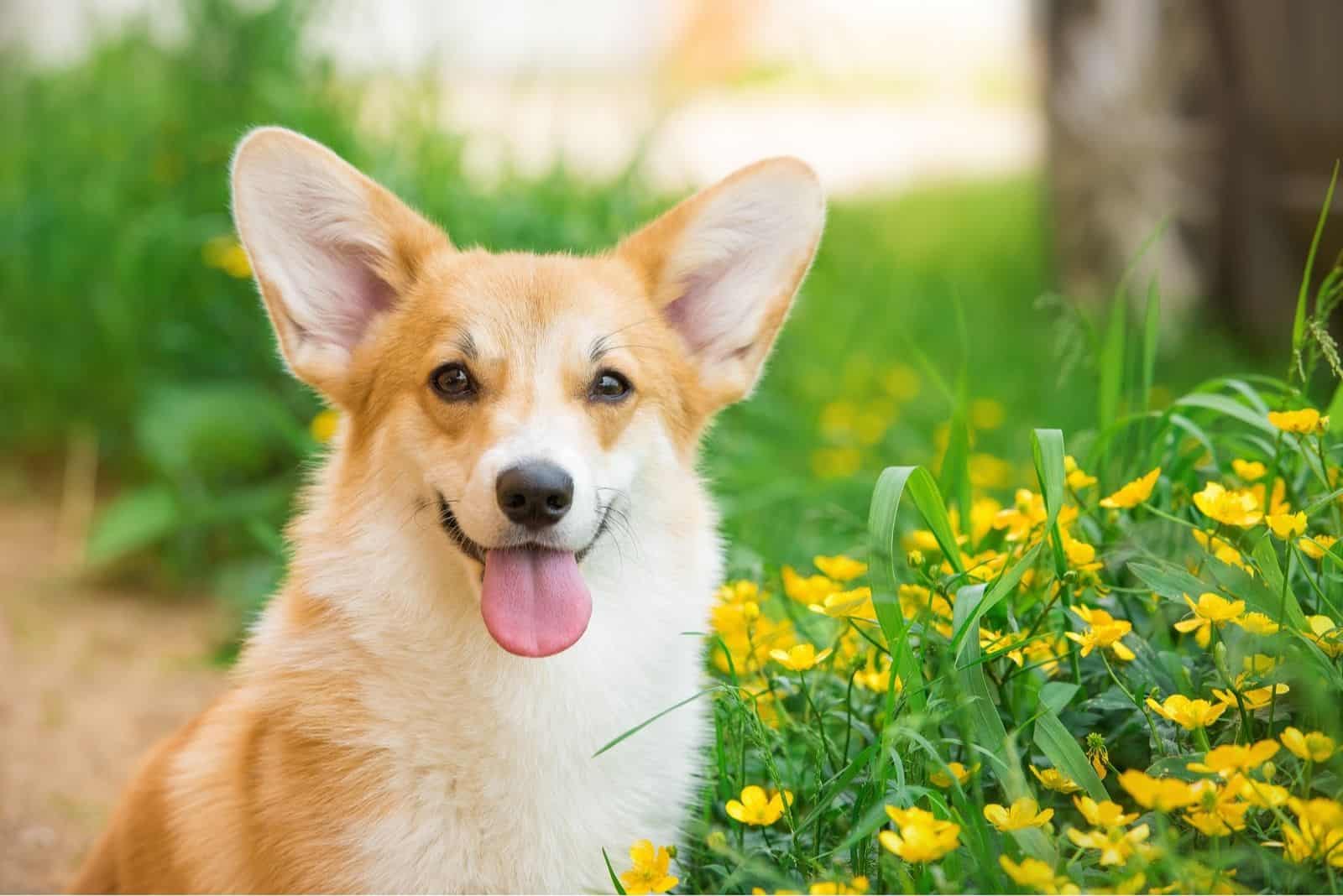
Yes, this dog is the Queen of England’s favorite!
This might account for its popularity over the Cardigan Corgi, but there’s no way to tell. However, this version of the Corgi sits at #13 of 200 in the AKC list, whereas the Cardigan is at #68.
This fact aside, there are several differences between the Pembroke and the Cardigan Corgi.
The main difference is their skeletal structure, with the Pembroke Welsh Corgi being less dense and heavy-boned.
There’s not much difference in height, but the male Pembroke generally weighs no more than 30 pounds and the female up to 28 pounds.
Then there are their ears: the Pembroke is more triangular and pointed, while the Cardigan has rounded ears and is more fox-like in general, especially with its tail that resembles a fox’s brush.
One difference that’s often cited is that Pembroke Welsh Corgis have no tail. While this is partly true, as some are naturally born with a bobtail, many are born with a full tail that is docked a few days after birth. In the past, this was done to avoid it getting stepped on by livestock.
These days, it’s an unnecessary and cruel procedure that is rightly banned in many countries. The only reason it is encouraged is to preserve breed standards set by kennel clubs worldwide.
Pembrokes also have a much more limited range of coat colors:
• Red
• Fawn
• Sable
• Black & tan
These are expected to come with white markings.
This is a short double coat that will benefit from a daily brush to remove the dead hair.
What about temperament? Well, they are more affectionate than the Cardigan Corgi, perhaps slightly less tolerant of kids but more accepting of other dogs!
They are just as playful and energetic and will need the same amount of exercise and mental stimulation to keep them happy. They are at their best when given a job to do, so think of some tasks to keep them busy, and you’ll have a very contented dog.
Do Corgis Have Health Issues?

Unfortunately, they do, just like any other breed (we’ll check out the German Shepherd next!).
All purebred dogs have certain health conditions that can be passed onto their pups, as the gene pool is restricted through selective breeding.
Corgis of both types are prone to the following health concerns:
• Bloat – Gastric dilatation volvulus, as it is known, is potentially fatal, mostly affecting deep-chested dogs. The stomach expands and twists, cutting off the blood supply to vital organs. Without surgery, a dog with GDV will die. If treated early, the survival rate is around 80%. If part of the stomach has died, then that will drop to 50%.
• Hip dysplasia – A badly-formed hip joint can cause a lot of pain, usually resulting in arthritis in old age. Surgery is the preferred solution in severe cases.
• Obesity – Most dogs are at risk of becoming overweight, especially when they enter old age. It’s easy to overfeed them because we see it as a way to show our love, but this can harm their health by putting extra stress on the heart and joints.
• Eye problems – Lens luxation and progressive retinal atrophy are two of the most common eye problems. The first can be treated but is painful until that treatment is performed. The second, PRA, has no cure but is not painful.
Sadly, dogs with PRA will eventually become blind. The main method of avoiding this disease is to test breeding dogs for the genes that cause it and exclude them from breeding programs.
• Degenerative myelopathy – A disease that affects the spinal cord and eventually leads to hind limb paralysis. Again, there is no cure, and most dogs live for around six months and up to three years after the symptoms appear.
• Epilepsy – In many cases, the causes of seizures in dogs aren’t known. The condition can be managed using long-term medication.
• Von Willebrand’s disease – A bleeding disorder resulting from a lack of the protein known as the von Willebrand factor. This stops the platelets from clumping together, leading to blood loss.
This can be particularly dangerous if the dog suffers injury or needs surgery. There is no cure as yet, but bleeding episodes can be managed. Owners of a vWD dog must take extra care!
• Intervertebral disc disease – Essentially, this is a slipped disc. This can cause dogs to walk strangely as they lose control over their hind legs. This is known as wobbler’s gait. If caught in time, surgery can resolve the problem, and more than 90% of dogs make a full recovery.
However, if the problem isn’t diagnosed for weeks or months, then the spinal cord starts to atrophy, leading to partial or complete paralysis in the hind legs.
Not all Corgis will suffer from these conditions, but it makes good sense to be aware of them and be prepared.
German Shepherd Health Problems
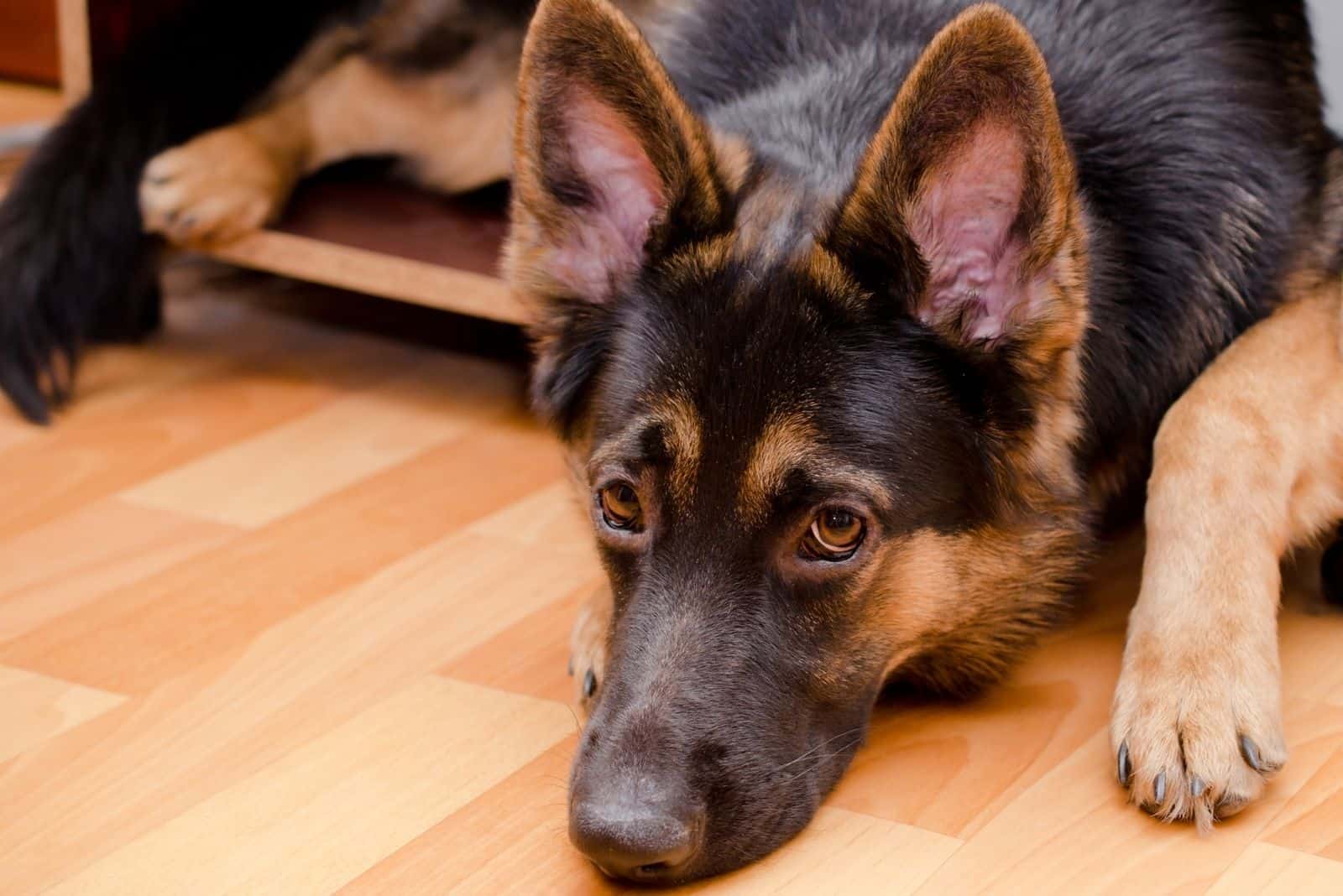
For the most part, the trusty GSD faces the same health problems as we’ve seen listed for the Corgi, with a few additions of its own.
One of the more severe problems is pituitary dwarfism, a hormone deficiency that stunts growth and shortens the dog’s lifespan.
Another nasty condition is anal furunculosis, which causes ulcers in the anal region.
Finally, they occasionally suffer from hemophilia A and B, which are similar conditions to von Willebrand’s disease in that they stop blood from clotting.
Other than this, joint dysplasia is the most serious condition affecting the GSD breed.
Many of these conditions can be managed, monitored, cured, or even avoided if you buy from a reputable breeder who uses health screening, feed your dog a healthy, balanced diet, give them plenty of exercise, and book regular health checks at the vet.
The Corman Shepherd
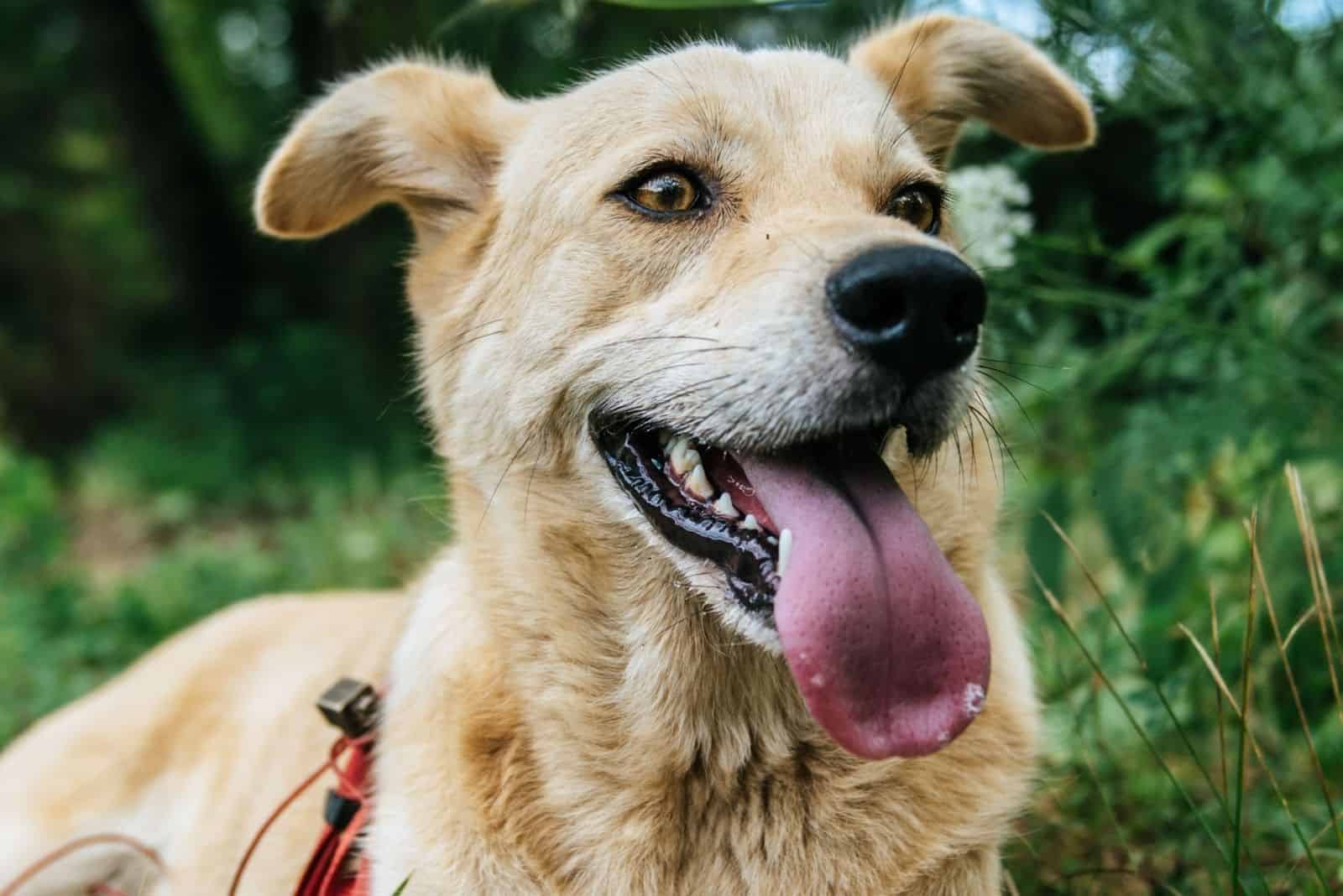
We’ve learned all about the parents, so what can we expect the German Shepherd Corgi mix to be like?
In appearance, he looks pretty much like a GSD on short legs!
He has the eager, alert face of the German Shepherd, usually with the same coat colors. Most examples are gold, brown, black, and white.
His eyes will be brown, and he’ll have a dense coat inherited from both breeds. You’ll need to brush this coat daily if possible, but every couple of days should suffice.
He’s sweet and affectionate and loves nothing better than spending time with his beloved family. And because he’s not so big, he’ll try to snuggle up on your lap for cuddles.
Got kids at home? Then this dog will fit right in. He’s a bundle of playful fun and will relish playtime, which will last all day long because of all that energy packed inside him.
Small dogs are sometimes a worry, as they can easily get hurt jumping off furniture, being dropped, or getting stepped on. The Corman Shepherd is fairly small but very robust, so you won’t have the same concerns as you may have with other breeds.
This dog loves to work as well as play. He probably sees them as one and the same thing! Give him a task to do, and he’ll be happy. Obedience training, dog agility, playing fetch the ball – anything to keep his blood pumping and his mind working – he’ll love it all!
Obedience training is important anyway, as it puts you in control and helps the dog learn how to behave. You may run across a stubborn side from time to time, but this can be overcome using positive reinforcement. Harsh words and physical correction (smacking, pulling hard on the leash, etc.) are counterproductive and quite cruel.
There is a chance that he’ll be unhappy if you share your attention with other family pets, especially other dogs. Also, they can be bossy, as well as revert to their herding instincts, rounding up kids and animals and sometimes nipping at their heels. The good news is that all of these problems can be overcome by early socialization.
The Corman Shepherd, for all his sweet nature, won’t be happy if he senses any danger to his family. This makes him a good watchdog, and he’ll soon let you know when he spots something he doesn’t like. Again, socialization helps them to distinguish between real threats and imagined ones.
All in all, he’s an excellent family dog!
Corgi German Shepherd Mix Weight
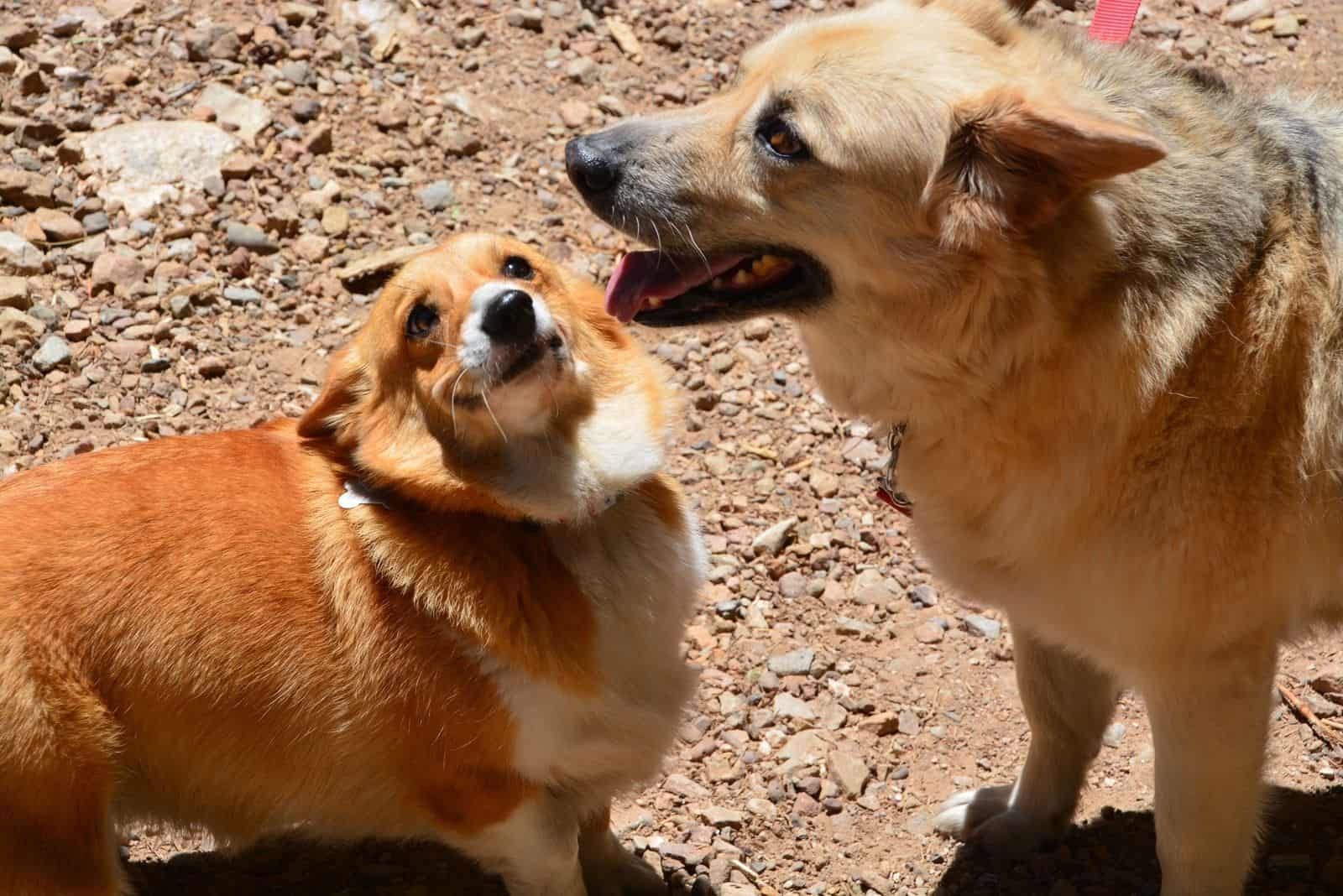
Most examples show that he’ll measure between 12 to 15 inches at the shoulder and weigh between 20 to 70 pounds.
In all probability, he’ll be at the upper end of this scale, with female dogs weighing considerably less.
This puts them in the medium-sized dog category, making them great for snuggling!
German Shepherd Corgi Mix Puppies
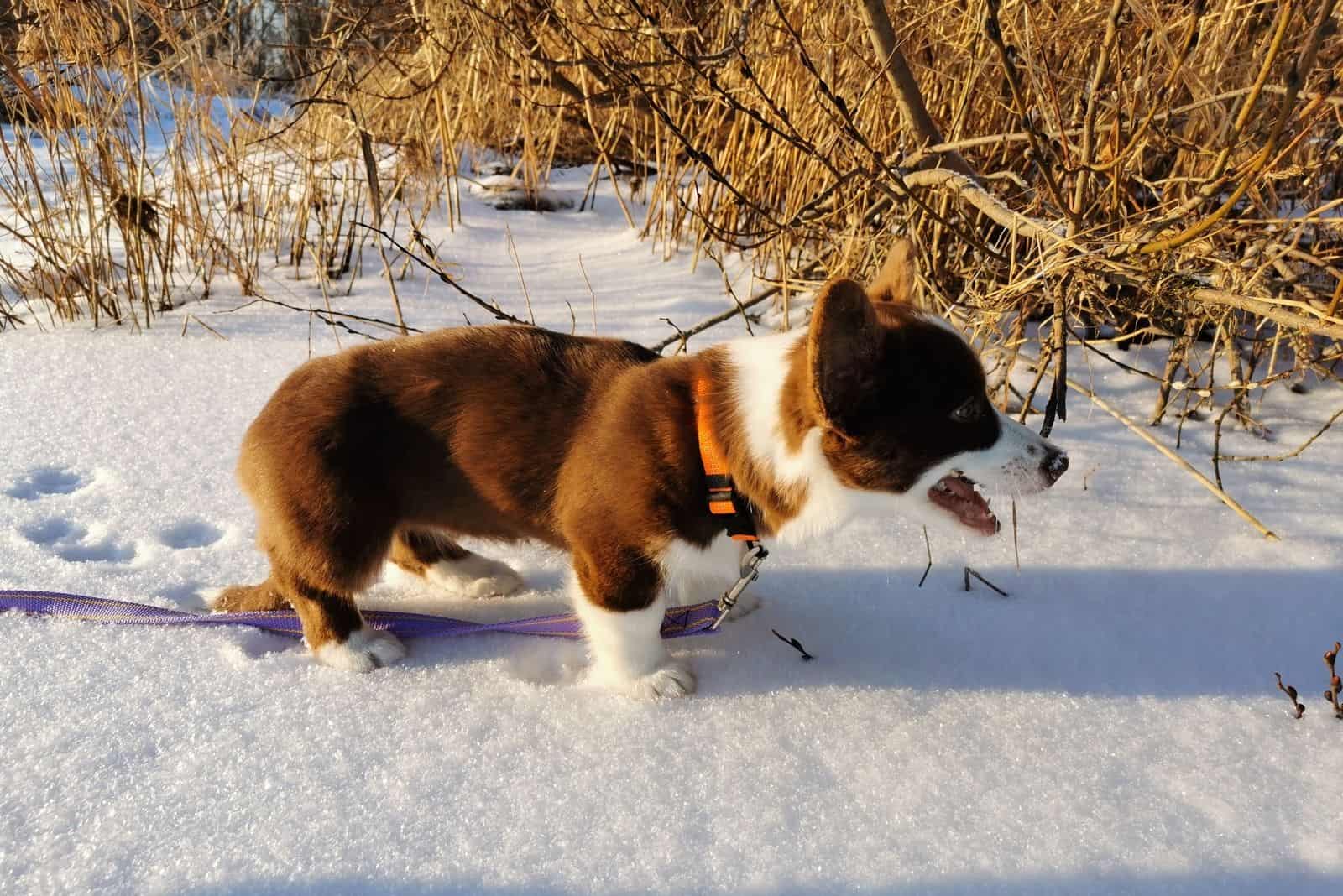
A Corgi German Shepherd mix puppy is just about the cutest thing you’ll see. But then, the same can be said for most pups!
Seriously though, if you haven’t done so already, check out some pictures to see just how adorable they are.
However, this is a massive responsibility. Getting a German Shepherd Corgi mix puppy will change your life. You’ll need to prepare your home and your finances. Aside from the initial cost of the pup, you’ll need to buy equipment and food. Then there’s the vet bills, insurance, groomers, dog-sitters/walkers, etc., to factor in.
You need to commit to training and socialization, potty training, and making sure your dog has a balanced diet of high-quality dog food.
You are going to take the place of the pup’s mother and then become his family. It’s a lifelong commitment to a special relationship and should never be undertaken lightly.
How Long Do Corman Shepherds Live?
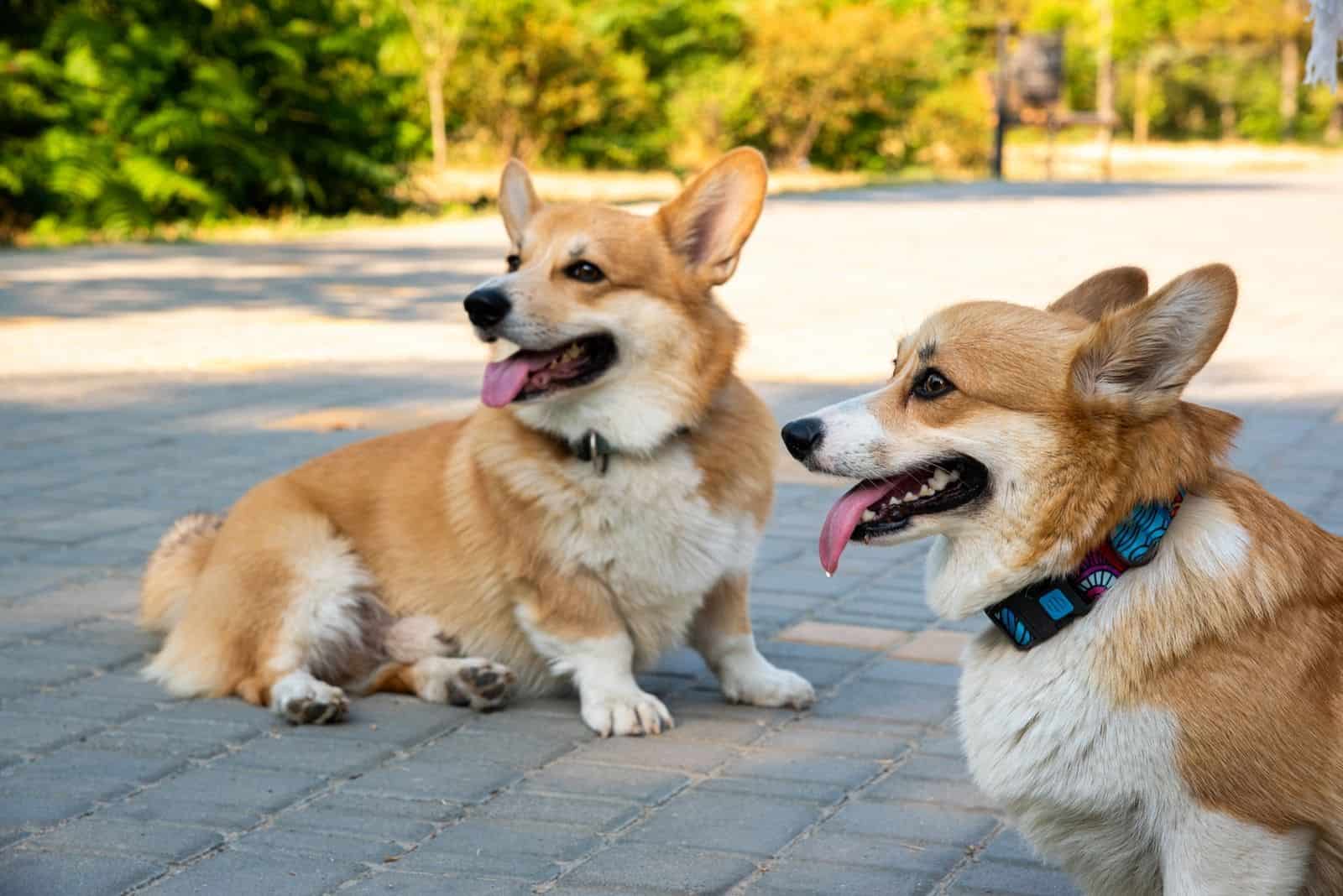
The best way to estimate the lifespan of the Corman Shepherd is to look at the parents. The German Shepherd dog has a life expectancy of between 9 and 13 years (although the AKC puts this at 7 to 10 years). The Corgi has a lifespan of 12 to 15 years.
This means that we can expect the Corman Shepherd to live for up to 15 years.
German Shepherd Corgi Mix Price
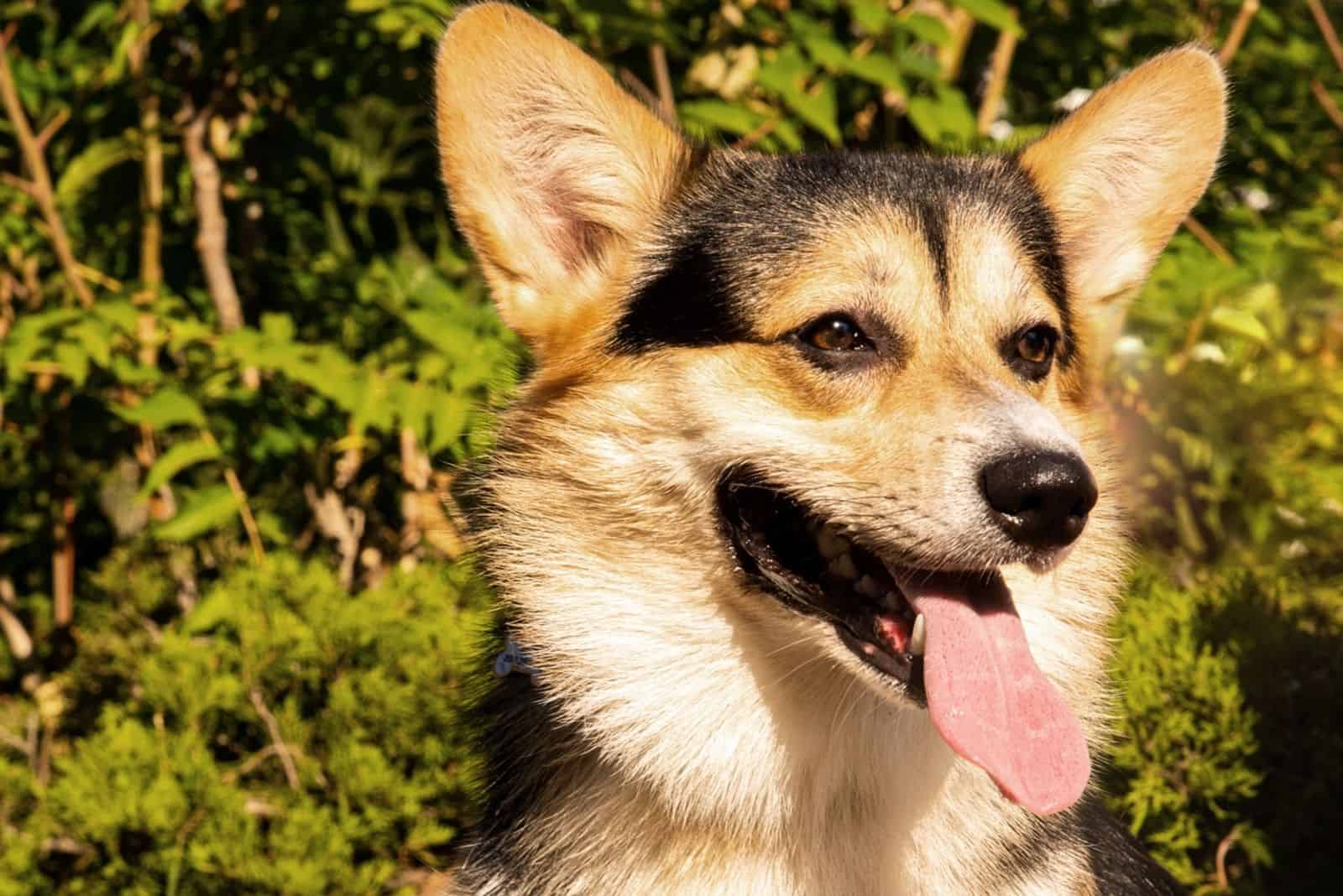
You should expect to pay between $250 and $750 for your Corman Shepherd.
Compared to many other crossbreeds, this is a very good price! The actual price you pay will depend on factors such as location, supply and demand, and maybe even the sex of your dog. Beware of anyone using the term ‘rare breed’ or any other gimmicks, as these are usually a ruse to justify raising the price!
For comparison, a Corgi will set you back between $600 and $1,200, and a GSD will be $800 to $1,500. These are only rough averages, but it illustrates the point that the purebred parent dogs generally cost more, but there are exceptions. It also shows that the price of a German Shepherd Corgi mix is pretty reasonable.
To illustrate this further, take a look at this table of average prices for some unusual mixed breeds:
[table id=175 /]
Much of this depends on local demand and the number of breeders producing each hybrid, so it’s not an exact science. However, these figures give you a general idea.
German Shepherd Corgi Mix Breeder
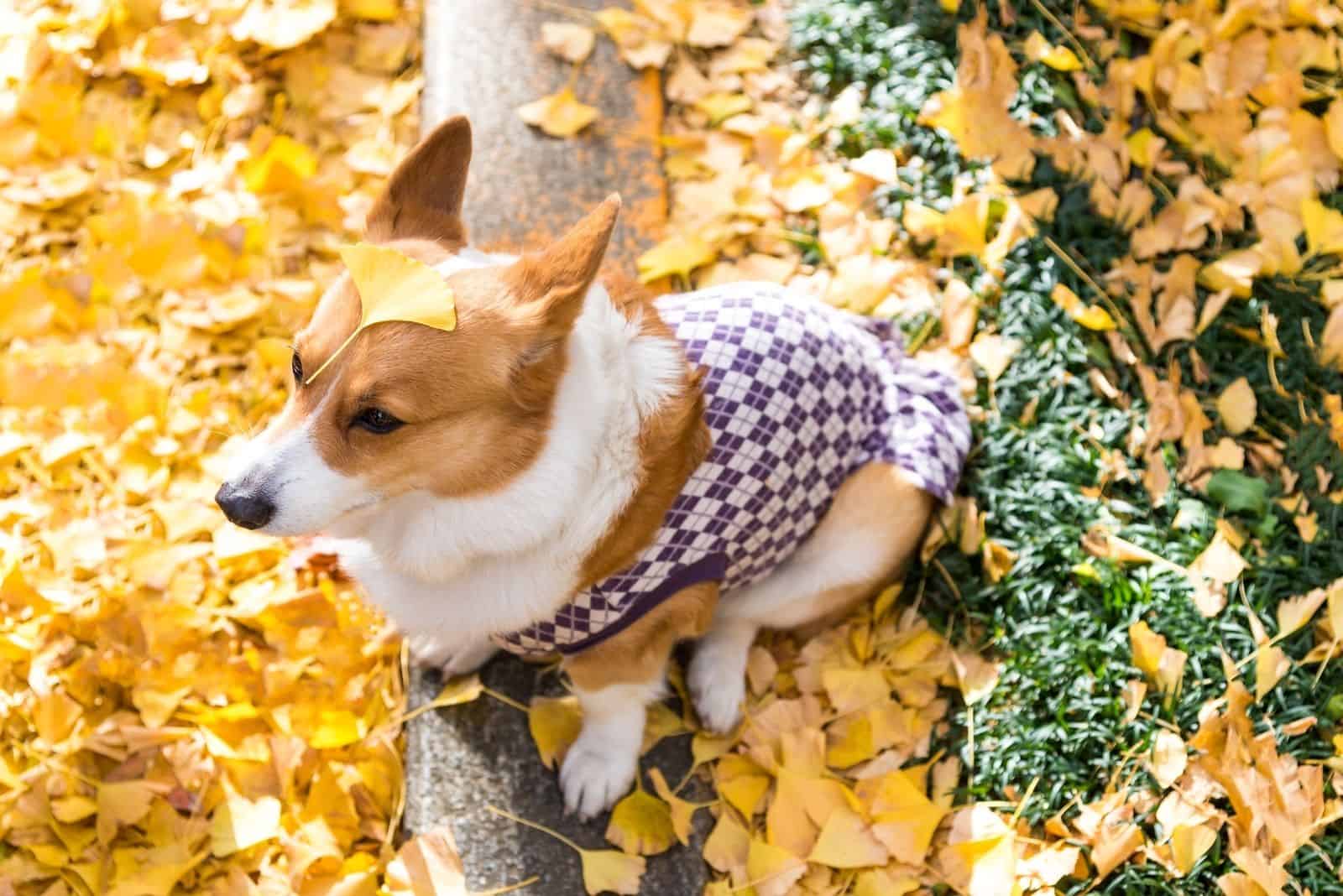
Take your time and do some research, as not all breeders are equal!
Check testimonials and reviews, and always visit in person whenever possible, as there’s nothing like meeting someone face to face to get an idea of their character. You’ll also see how clean and well run (or not) the kennels are.
A reputable breeder will welcome you and be happy to discuss their work. They’ll also question you on your lifestyle, home, and ability to care for the dog. This is a sign of someone who cares about the pups they are producing.
They’ll offer to stay in touch with you and provide advice and assistance. They will also issue a health guarantee – after all, it’s their reputation that’s at stake!
Avoid any breeder that makes you feel uncomfortable or gives you a bad ‘vibe.’ Puppy mills (or puppy farms) are there for one thing only: to make as much profit as possible. They don’t care about welfare or ethics. Obviously, you should avoid these at all costs.
German Shepherd Corgi Mix For Adoption
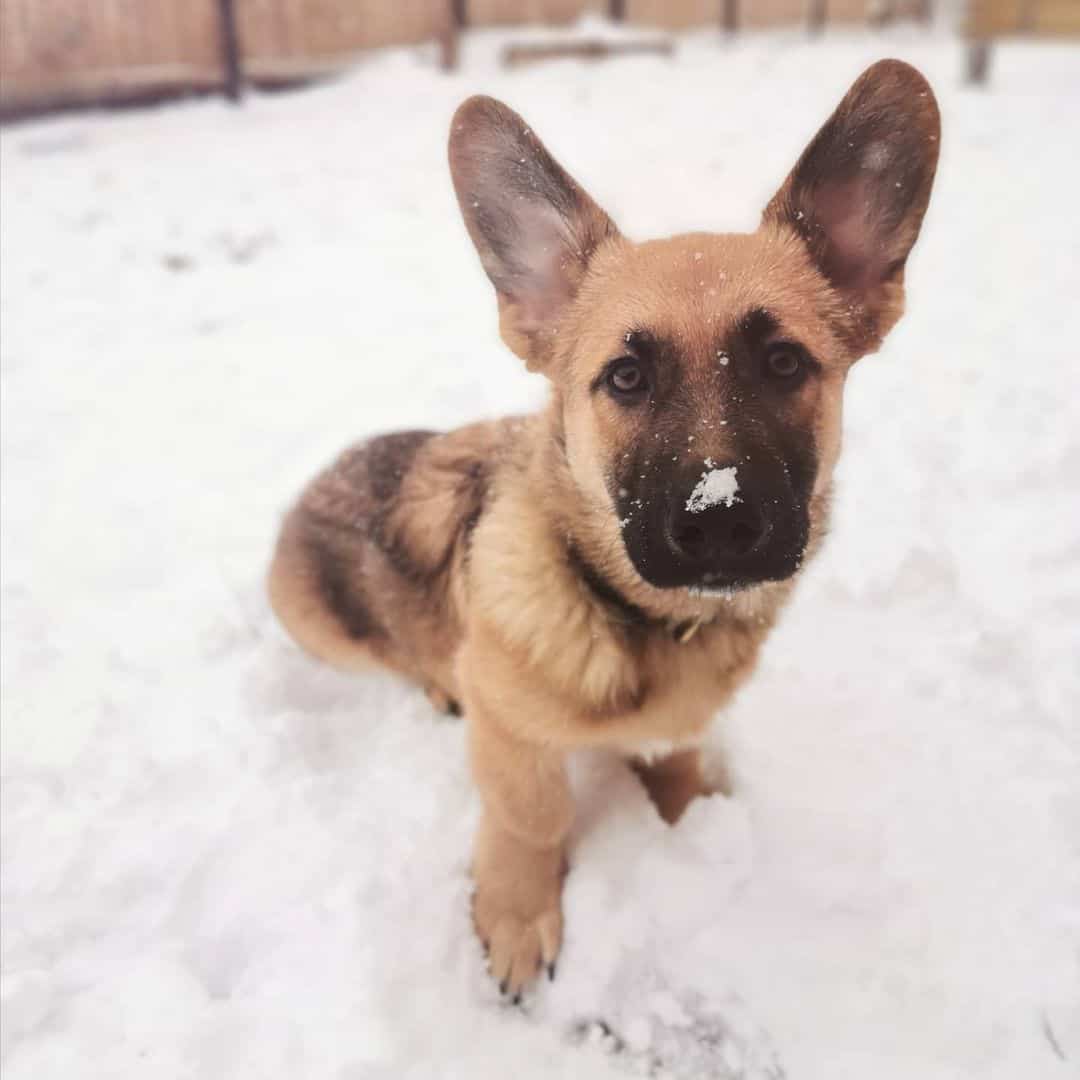
Photo from: @alfred_on_adventures
Adoption is always the preferred option – many good breeders will agree with this statement!
Every year, more than three million dogs are sent to shelters in the USA. Out of these, around 670,000 are euthanized.
It’s difficult to find precise, up-to-date figures, but this number will likely increase drastically because of the Covid-19 pandemic. Thousands of people took on pets (mostly cats and dogs) while forced to stay home during the lockdown periods.
Now, many of these people are either unable to bear the cost of looking after them or simply don’t want the responsibility any longer.
Either way, there are thousands of dogs out there that need a loving forever home. Maybe you have your heart set on a German Shepherd Corgi mix, so before contacting a breeder, you might want to check with local shelters and rescue centers as you might find the pooch you’ve been looking for!
If you do, it’s not likely to be a puppy. While this might put some people off, it could be more attractive to others as the puppy stage (as adorable as they are) can be a trial.
There’s a good chance that the dog will have been spayed or neutered and be up to date with its vaccinations.
Finally, there’s the question of cost. Although the German Shepherd Corgi mix isn’t the most expensive dog, you could still save yourself a few hundred dollars by adopting instead of buying. Adoption can cost anything from $50 up to $500, depending on the shelter.
Final Thoughts
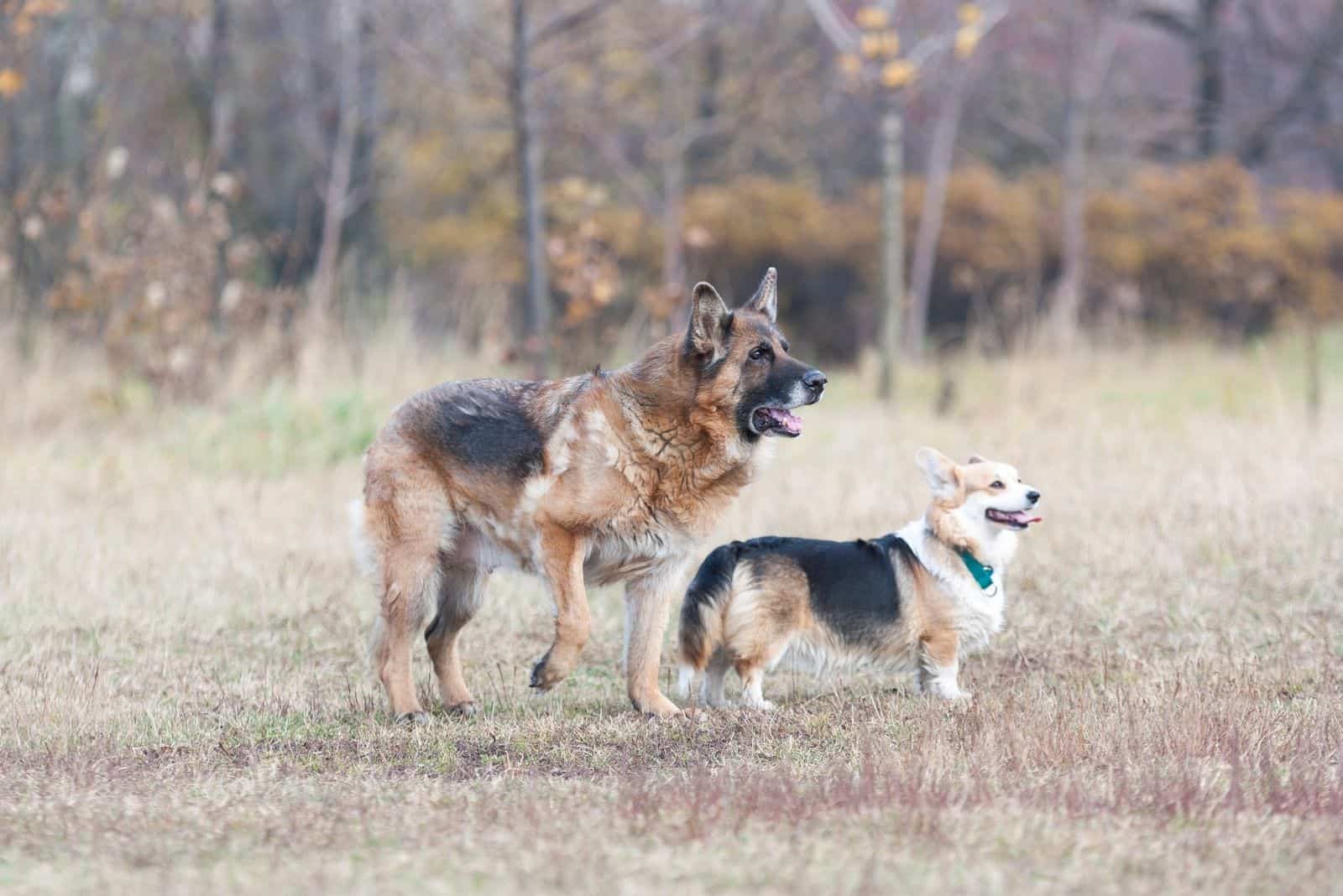
The German Shepherd Corgi mix, also known as the Corman Shepherd, is a wonderful family dog.
It isn’t as big and powerful as a GSD but has its loyalty, alertness, affectionate nature, and intelligence. It has the solid, stocky body of the Corgi, as well as its smartness and sweet temperament.
This is one energetic dog that loves to play! Leaving him home alone for long periods isn’t a good idea as he’ll hate being parted from you.
As a mix breed, he’ll be generally healthy, but the main worry is that both parent breeds share similar health problems. This is why choosing the right breeder is so important.
Reputable breeders will look out for these diseases and reduce the chances of these conditions being passed on to the pups.
With the right care, your German Shepherd Corgi mix will be with you for 15 years or more.
Getting any dog is a big commitment, not just financially, but emotionally and physically too.
But if you put in the effort, the rewards are definitely worth it!
